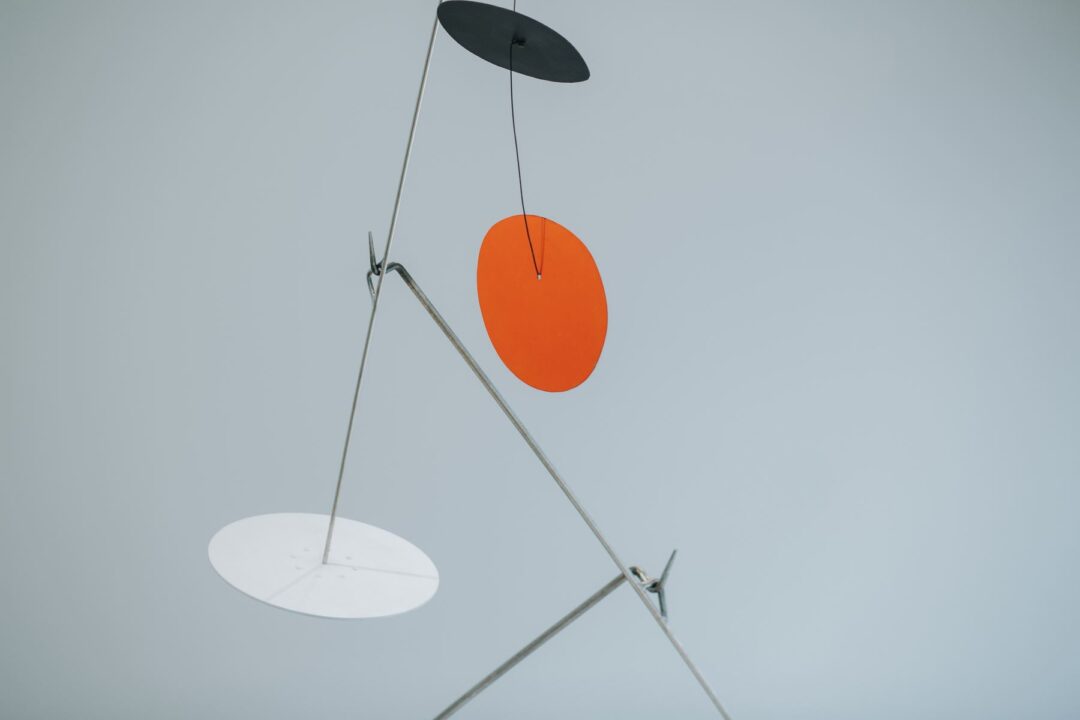How probing questions can help students to develop their understanding and ideas

Asking questions which encourage thoughtful, deep and more exploratory responses.
What does it mean?
Teachers can steer the thinking of students so that their responses go beyond the surface-level and into a deeper, more exploratory mode of understanding by asking well-planned, probing questions.
Probing is effective as a strategy for one-to-one interventions, as well as whole-class discussions. Well-managed, effective probing should secure the attention of all students, allowing the teacher to direct the dialogue from student to student, developing ideas through repeated exchanges and deeper thinking.
Examples of probing questions might include:
- ‘Can you explain how you worked that out?’
- ‘Can you give an example?’
- ‘Is that always true?’
- ‘Does anyone disagree?’
- ‘Can you think of a case where this would be different?’
- ‘How does that example compare to this example?’
- ‘Which of those factors is the most important?’
What are the implications for teachers?
Create a sense of energy and passion around the dialogue (you’re discussing it because it’s interesting) and include everyone in the conversation. It might be helpful to use strategies like ‘Think-Pair-Share’ and mini whiteboards to elicit responses from the whole class before focusing on an individual.
It is also a good idea to deploy behaviour for learning and classroom management techniques to ensure that there is a supportive, disciplined atmosphere. This will allow you to focus on the questioning.
Encourage students to use probing questions with each other. This will need explicit teaching and practice, so model the kinds of questions you want students to ask and explore the outcomes together.
All this takes preparation. Plan your probing questions ahead and have a toolbox of questions at your disposal to use when appropriate.
Top tip
A positive atmosphere of active listening is essential for probing. Establish routines which enforce discipline and encourage engagement, with students expected to respond to each other.
Want to know more?
- Sherrington, T. (2017). The Learning Rainforest. The strategy on K4 probing. John Catt
- Rosenshine, B. (2012). Principles of Instruction: Research-Based Strategies That All Teachers Should Know. American Educator Vol. 36, No. 1, Spring 2012, AFT. Strategy 3
This article was published in October 2018 and reflects the terminology and understanding of research and evidence in use at the time. Some terms and conclusions may no longer align with current standards. We encourage readers to approach the content with an understanding of this context.











Hi, when was this article published please?
Hi Stephen, this was published on 24 October 2018.